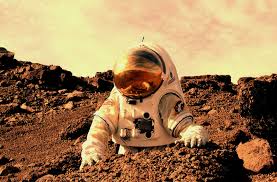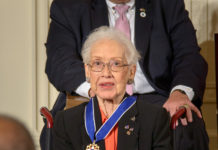 Government officials say that they are testing a nuclear power system that could help sustain human astronauts on Mars.
Government officials say that they are testing a nuclear power system that could help sustain human astronauts on Mars.
Initial tests have been successfully completed in Nevada, with a full power run expected to begin sometime in March.
Officials from NASA and the U.S. Department of Energy discussed these plans at a press conference in Las Vegas, Nevada. The DEO’s Nevada National Security Site was used for the NASA operation, dubbed the Kilowatt project, which aims to help power manned and robotic space exploration.
“Mars is a very difficult environment for power systems, with less sunlight than Earth or the moon, very cold nighttime temperatures, [and] very interesting dust storms that can last weeks and months that engulf the entire planet,” explained Steve Jurczyk, who is an associate administrator of the Space Technology Mission Directorate at NASA.
One of the major problems about human habitation of Mars, the moon or other bodies in the solar system is finding a power source that is strong enough to sustain a base long term, but also light enough to bring on a spaceship without causing problems. This is a difficulty that did not exist during the various lunar missions of 1969 to 1972, where humans came back to Earth within a short period.
“So Kilowatt’s compact size and robustness allows us to deliver multiple units on a single lander to the surface that provides tens of kilowatts of power,” said Jurczyk.
The prototype system is about the size of a paper towel roll, but contains a uranium-235 reactor that is capable of generating a lot of power. Humans stationed on Mars would need that for a variety of functions, such as keeping their habitats running and powering the equipment that they would need to transform natural Martian resources (such as ice) into potable water, oxygen and even fuel.
Further tests are planned for the middle or end of March, which officials say is a bit later than originally planned when the project began.
Nevertheless, scientists say that they are pleased with how things have been going so far. According to Dave Poston, the chief reactor designer from the Los Alamos National Laboratory, things have been “greatly successful—the models have predicted very well what has happened, and operations have gone smoothly.”
Last December saw President Trump sign a directive calling for more lunar visits, with Martian trips planned later down the line.











